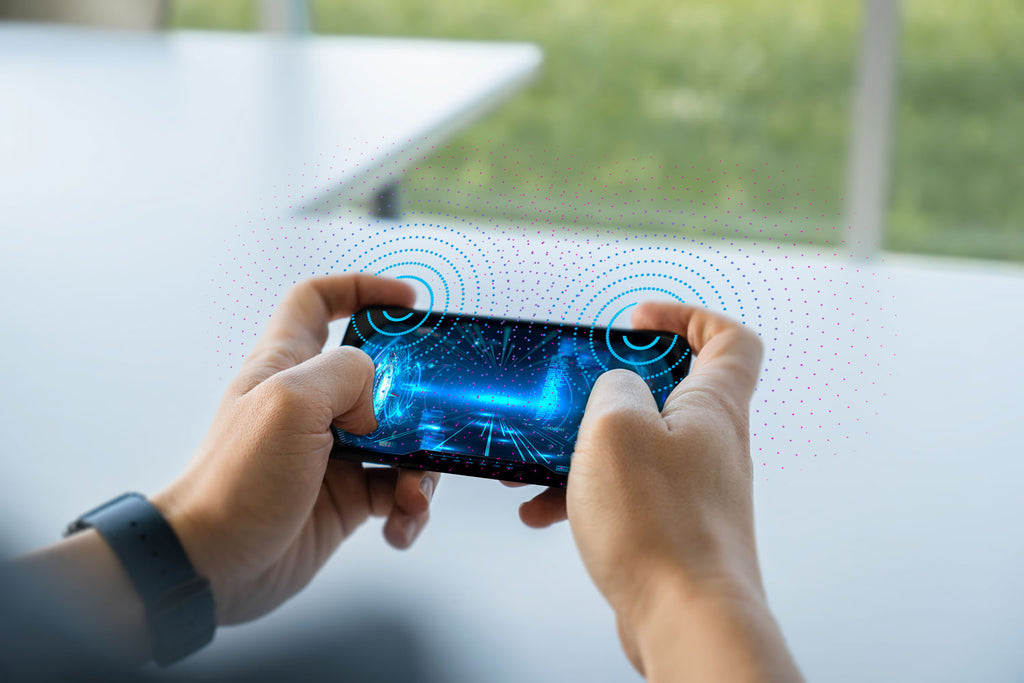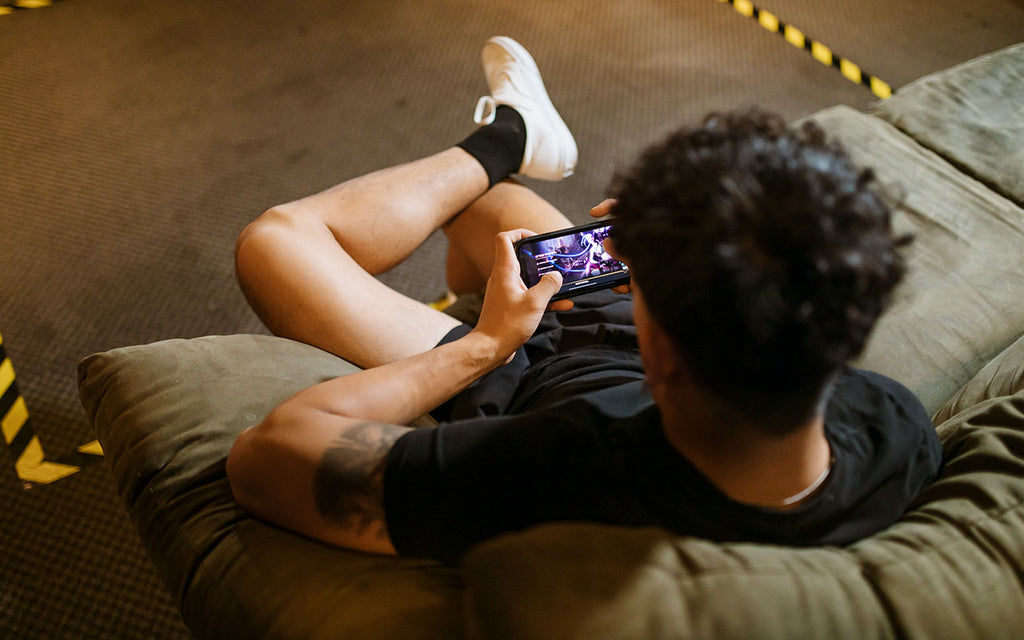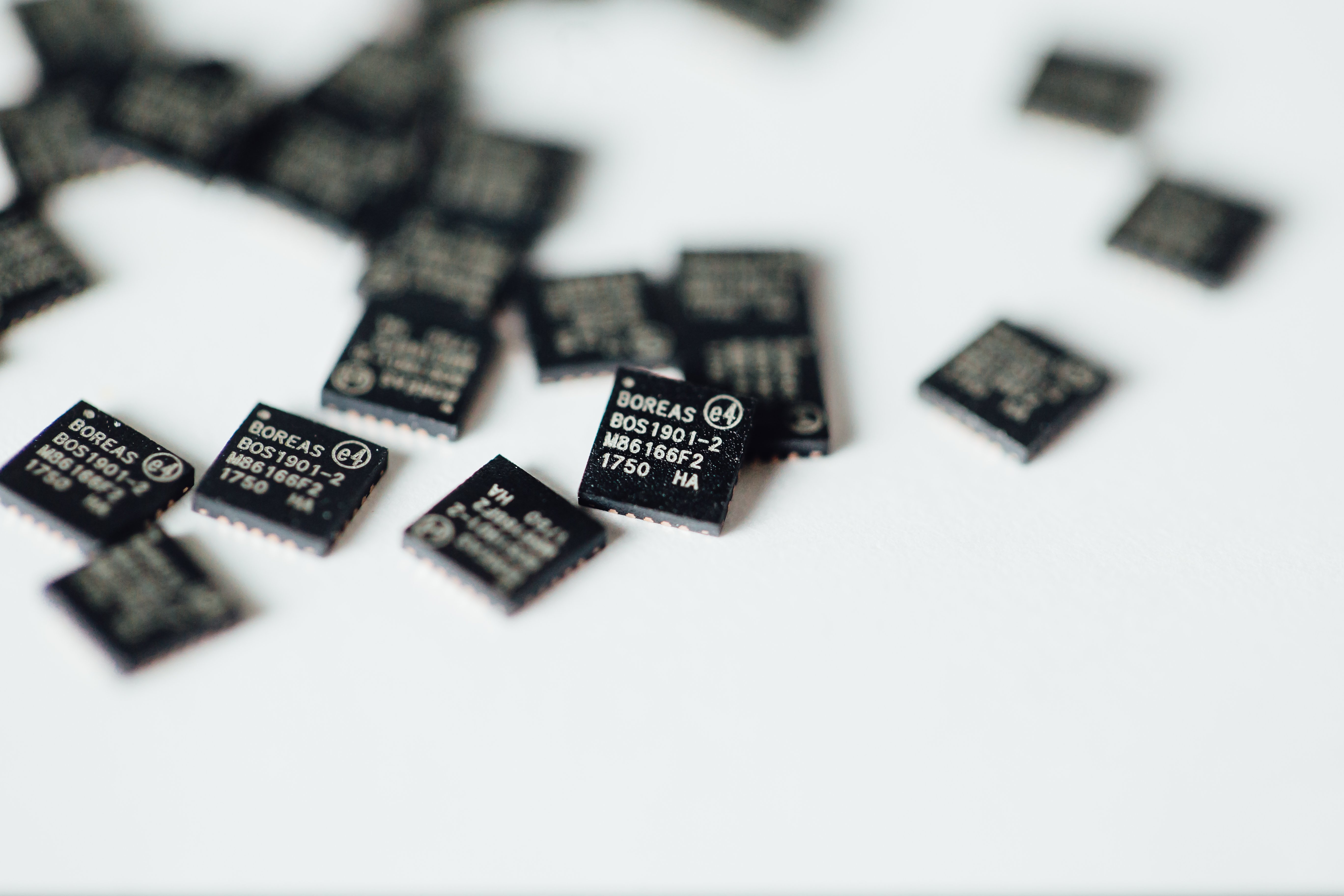
Over the past couple of years, the popularity of eSports has grown tremendously. It is among the fastest-growing sports genres worldwide. Revenue from global eSports and games is projected to reach at least $1.15 billion by 2025, from $875 million in 2019.
As smartphone users increase each year, mobile gaming is becoming increasingly popular. People have realized that they can use their mobile phones to play the same exciting, adrenaline-rich games they enjoy on their PCs. Console games and PCs no longer enjoy a monopoly, especially due to technologies like 5G services and cloud gaming, which have revolutionized mobile gaming.
The main reason mobile gaming is seeing tremendous growth is that performance levels offered by mobile devices are fast approaching console levels. Initially, mobile games were simple games with barely any gamer immersion. However, as inventors continue to push boundaries, the mobile gaming experience is becoming more immersive and realistic in keeping with the needs of the consumers.
Mobile eSports: A Growing Market
Projections show that by 2025, China will be generating close to $360 million in revenue within the eSports industry, making it one of the largest mobile sectors. In addition, China will also be home to most mobile eSports viewers globally.
According to current estimations, there are at least 418 million mobile eSports viewers worldwide. By 2025, that number is forecasted to be over 548 million global viewers, with about 173.8 million in China.
Through mobile eSports, players can compete against each other in global tournaments. Some of the most popular mobile games are Call of Duty Mobile, PUBG Mobile, and Clash Royale, with millions of players globally. As this genre continues to grow, mobile gaming is undoubtedly on its way to becoming the future of eSports.
The fact that mobile gaming is fast becoming a global sensation is unsurprising. Gaming has been made easier and more accessible because people no longer need PCs or gaming consoles to enjoy mobile games. In short, gaming is no longer reserved for “gamers.” Everyone has access to high-end mobile games regardless of age, gender, or location.
Mobile eSports thrived amidst the COVID-19 pandemic. As governments banned local tournaments and many other forms of entertainment, there was a significant increase in the streaming records of most mobile eSports tournaments. This had a massive impact on eSports earnings globally, providing an excellent opportunity for mobile gaming to reach a larger audience and increase its popularity even further.
While some might think this is just a passing trend, more evidence suggests that mobile gaming is here to stay and will ultimately revolutionize the eSports market. It is bound to take the lion’s share of the gaming market, especially with its unrivaled user base. One of the best examples of mobile games that became a global sensation is PUBG.
PUBG Mobile

PUBG, or PlayerUnknown’s Battlegrounds, is a multiplayer battle royale game. The game was first released in 2017, but its mobile version, PUBG Mobile, came on the scene later in 2018. PUBG is similar to other battle royale games like Call of Duty: Warzone and Fortnite.
In the game, 100 players are pitted against each other on an island where they have to scavenge for equipment and weapons to be the last man standing. The available safe area decreases as the game progresses, and surviving players are forced into tighter spaces to encourage battles that leave one victor standing.
The game is designed so that players can buy in-game currency, which enables them to acquire crates with weapon customizations and character upgrades. Due to the game’s popularity, players spend hundreds of millions of U.S. dollars on PUBG monthly.
In no time, PUBG Mobile became an eSports sensation, with annual global tournaments with the best players worldwide competing against each other. The PUBG Pro league, for instance, takes place every year across five regions. In 2021, the prize pool for the league was $14 million, the biggest prize pool ever in eSports.
Better Gaming Smartphones With Piezo Haptics Allow OEMs To Capture the Fast-growing Market Share

Gaming phones are all about performance. OEMs must continually develop new, cutting-edge technology for a better, more immersive gaming experience to stay ahead of the game. The future of gaming is high-definition haptics, where piezoelectric comes in.
Piezoelectric haptic modules are flexible haptics that provides localized sensations and tactile effects not found anywhere else in the market. Using small piezo actuators, these products can be used in various applications, mainly AR/VR, gaming controllers, and virtually any innovative products aimed at improving human-technology interaction.
The actuators are highly flexible, with their thin form factor and ideal size. Piezoelectric haptic modules enable user experience designers to add a sense of touch to product surfaces. This provides localized, independent sensations, enhancing the user experience through the natural, authentic touch sensations that can be programmed and customized to offer a wide range of unique sensations.
How Is Piezo Perfect for Gaming Smartphones?

Adaptive Triggers
The advanced haptics technology used for piezo gaming phone buttons is perfect for an immersive gaming experience, not unlike a high-end console controller. Control how much force the user needs to apply on the trigger button thanks to force sensing and control how the button feel with customized haptics.
Low Latency
Piezo gaming buttons use the same hardware for the drive haptics and the sense force, which creates a closed loop. This means there is hardly any latency between user input and haptic feedback.
Localized Sensation
Piezo gaming buttons give sharp, localized haptic feedback, which replicates the feeling of pressing and releasing a button. This level of precision ensures that only the pressing finger receives feedback, unlike legacy technologies which cause the entire hand to vibrate.
Force Detection
Developers can now add a new input layer thanks to the ability of piezo gaming buttons to detect gestures and the amount of force applied on the smartphone’s edge by the user.
Why Should OEMs Adapt Piezo as Their Haptic Technology?
At the moment, there are three leading technologies in haptics: ERM, LRA, and piezoelectric. ERM and LRA are the most widely used haptic solutions, even though their bandwidth is too restrictive to allow the performance levels needed for high-definition haptics. Piezoelectric actuators have many mechanical advantages, like a smaller size, bigger acceleration, and faster response time.
Boreas Piezo adaptive triggers are here to revolutionize the mobile gaming experience. These low-power piezo haptic drivers are industry leaders in fast actuation, force sensing, and real button click and keystroke feelings.
The aim is to improve user experience, so companies are outdoing themselves to ensure they provide a wide array of trigger buttons that function just like console controllers. There are more possibilities for the player and better customization features with these buttons.
To perfect the mobile gaming user experience, companies have to invest in advanced haptic effects that can be customized to what the player is doing. The game becomes more immersive when the player gets haptic feedback from the controller whenever they are performing specific actions. Piezo haptics can incorporate this technology into mobile devices.
Why Is There a Slow Adoption Rate for Piezo Haptic Technology?
One of the major constraints that have held back the growth of piezoelectric haptics is their power consumption. Where there is high power consumption, there is also a lot of heat dissipation. This made it a lot harder for OEMs to use piezo actuators for electronic devices like smartphones, where there is a significant limitation for space and power.
Another challenge with piezo’s is needing a relatively high voltage for the driving signal compared to ERM and LRA. The driving circuit is also highly complex, which has been a significant barrier for piezo technologies because it makes them less accessible than other haptic technologies.
What’s the Solution? The BOS1901 Piezo Driver

Piezoelectric actuators require high voltage current, so usually, a driver is needed to boost voltage. This is impractical for devices that derive their power from batteries, like smartphones. Earlier piezo designs were not made with these constraints in mind, which has been the leading cause of the slow adoption of this technology.
Thankfully, power consumption is no longer a problem for piezo drivers. Boreas Technologies designed the BOS1901 piezo driver, the first chip based on CapDrive technology. This new driver was designed with mobile devices in mind, with its power efficiency reaching 20 times that of ERM and LRA. Piezoelectric is now the best technology both in terms of high-definition haptics and efficiency.
Integrated Sensing to Reduce Latency
The BOS1901 is also the only piezo driver that includes integrated sensing. This means the BOS1901 piezo driver can sense and trigger haptic using the same actuator. Since it handles both the sensing and haptic duties, the BOS1901 can read the user input and trigger the haptic click feedback in less than 1 millisecond, making it virtually impossible for the user to detect latency.
This also allows the BOS1901 to detect a very high level of click-per-seconds, making the solution suitable for the most advanced and competitive gamers.
Why Boréas' Piezo Adaptive Trigger Is the Future of Mobile eSports
The BOS1901 piezo haptic driver is specifically designed for low-power applications, with power efficiency being the core aim. Its level of power efficiency makes this haptic solution suitable for mobile devices with limited space and power. Its level of dynamism makes the piezoelectric haptic solution perfect for a wide range of product designs. If you’re interested in knowing more about mobile eSports, reach out to us for a demo.

Leave a comment